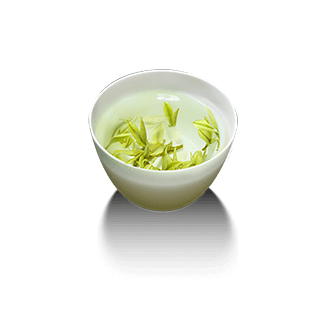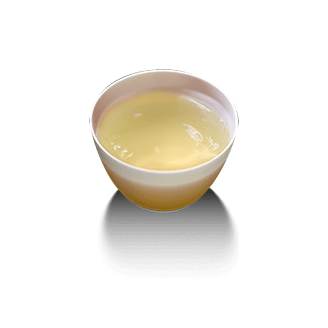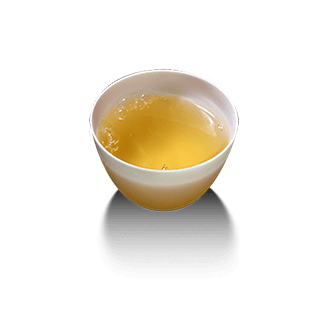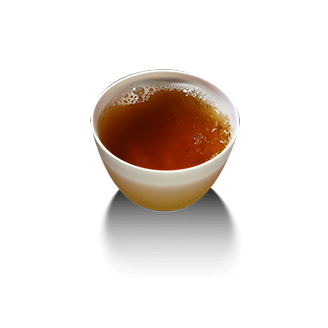
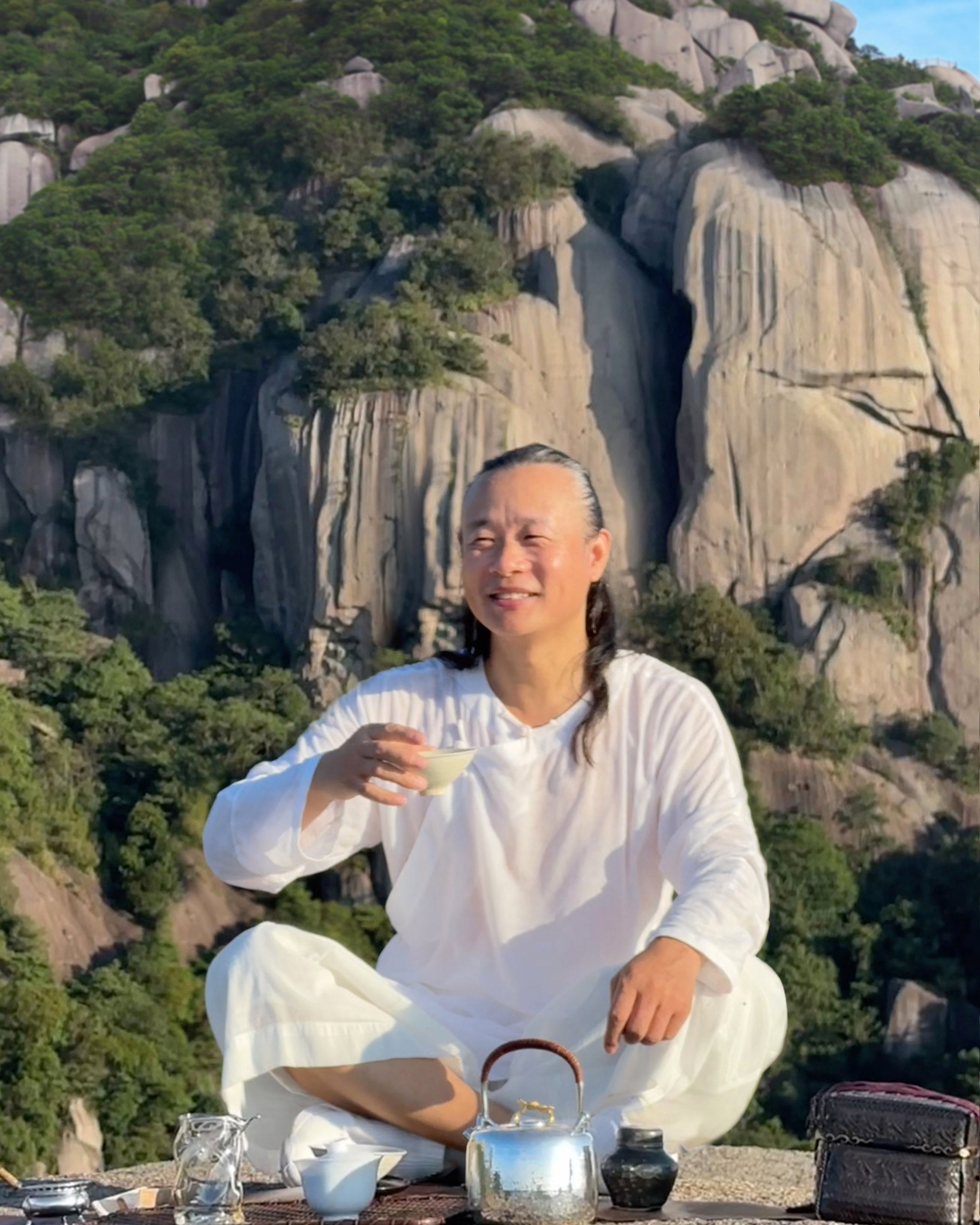

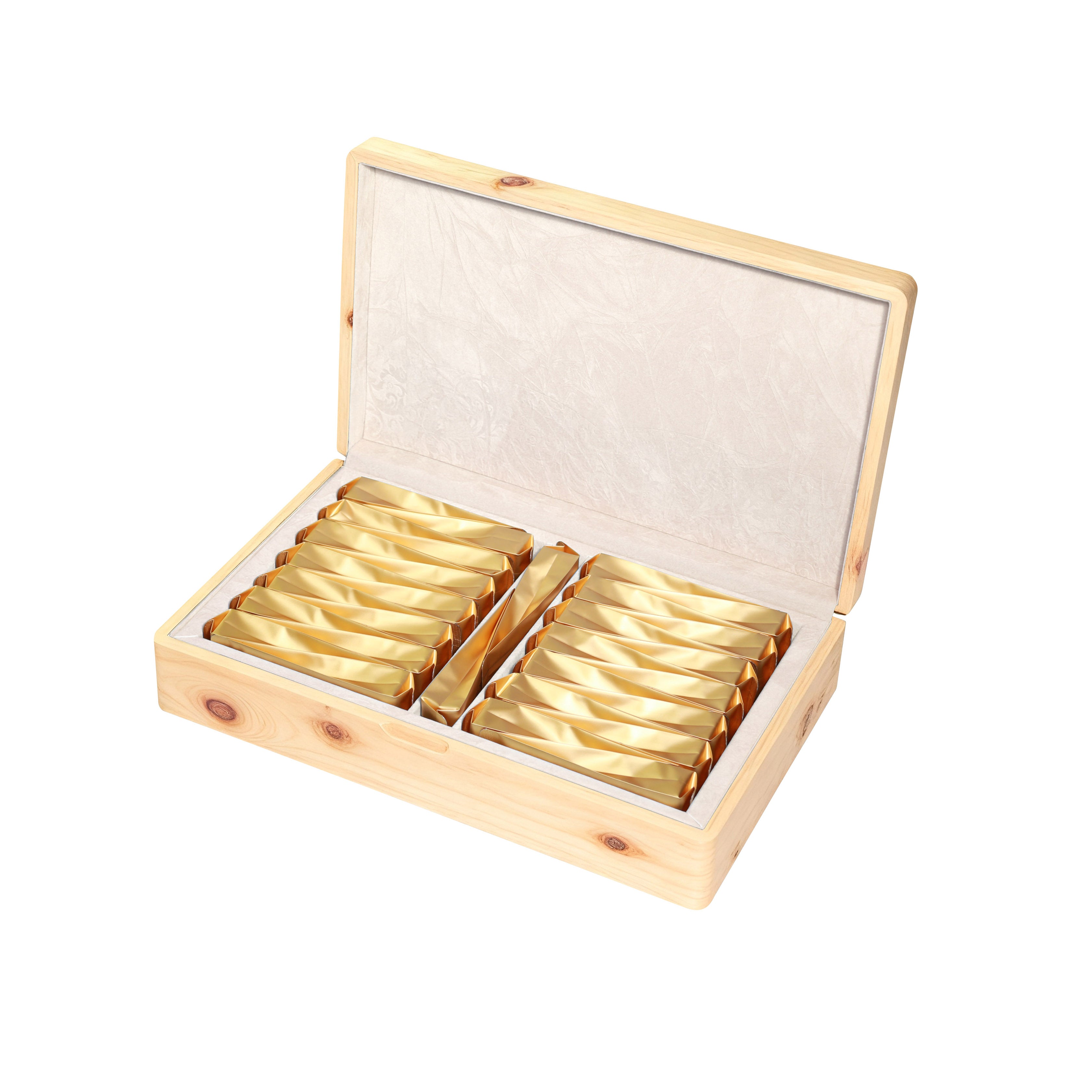

Wuyuanjian Stream Da Hong Pao








Wuyuanjian Stream Da Hong Pao
Wuyuanjian Stream Da Hong Pao
Appreciation
Wuyuanjian Stream is located in the core production area of Wuyi Mountain. The terroir between Matouyan and Sanyangfeng endows Da Hong Pao with a unique "rocky character and orchid fragrance".
Year : 2025
Grade : Premium Grade
Producer : Dayatang
Origin : Core Zheng Yan (True Cliff) Area, Wuyi Mountain
Variety : Traditional Wuyi Rock Tea - Da Hong Pao
I. Dry Tea Quality Identification
Shape: Tight and plump, ink-brown in color with hidden golden fuzz. Light roasting (70-80% roasted) reveals fine "toad skin" texture.
Texture: Elastic when twisted by hand, no crumbs.
Initial Aroma: Faint and distant orchid fragrance blended with a cool earthy note, free of heavy smoky residue.
II. Aroma: Layered Tasting Experience
Dry/Warm cup aroma: Elegant orchid fragrance with a hint of honey sweetness, more vivid after awakened by the residual warmth of the cup.
Brewing aroma: When pouring boiling water at height, the orchid fragrance rises prominently, mingling with Wuyuanjian’s unique "earthy mineral note" to form the core charm of "rock character and orchid fragrance."
Cup Bottom Aroma: After the tea liquor is fully poured out, the orchid fragrance is accompanied by a faint fruity note, lingering even when left undisturbed.
III. Tea Liquor: Taste to Perceive Charm
Liquor Color: Pale orange-red, translucent like amber, with a thin golden rim glowing in white porcelain cups.
Taste: Mellow and smooth on the palate, no astringency, with a gentle "rock character sensation" (mineral sweetness) touching the tip of the tongue.
Sweet aftertaste: Fluid secretes at the bottom of the tongue 3 seconds after swallowing. The lingering finish carries orchid fragrance, with a long-lasting coolness in the throat.
IV. Infused Leaves: Test of Terroir
Color: Yellowish-green and uniform bright, with thin and even "red edges on green leaves" at the leaf margins, no scorching or dead parts.
Leaf Texture: Thick, plump and elastic, not easily crushed when gently squeezed — the low-light and high-humidity environment allows tea trees to accumulate abundant nutrients.
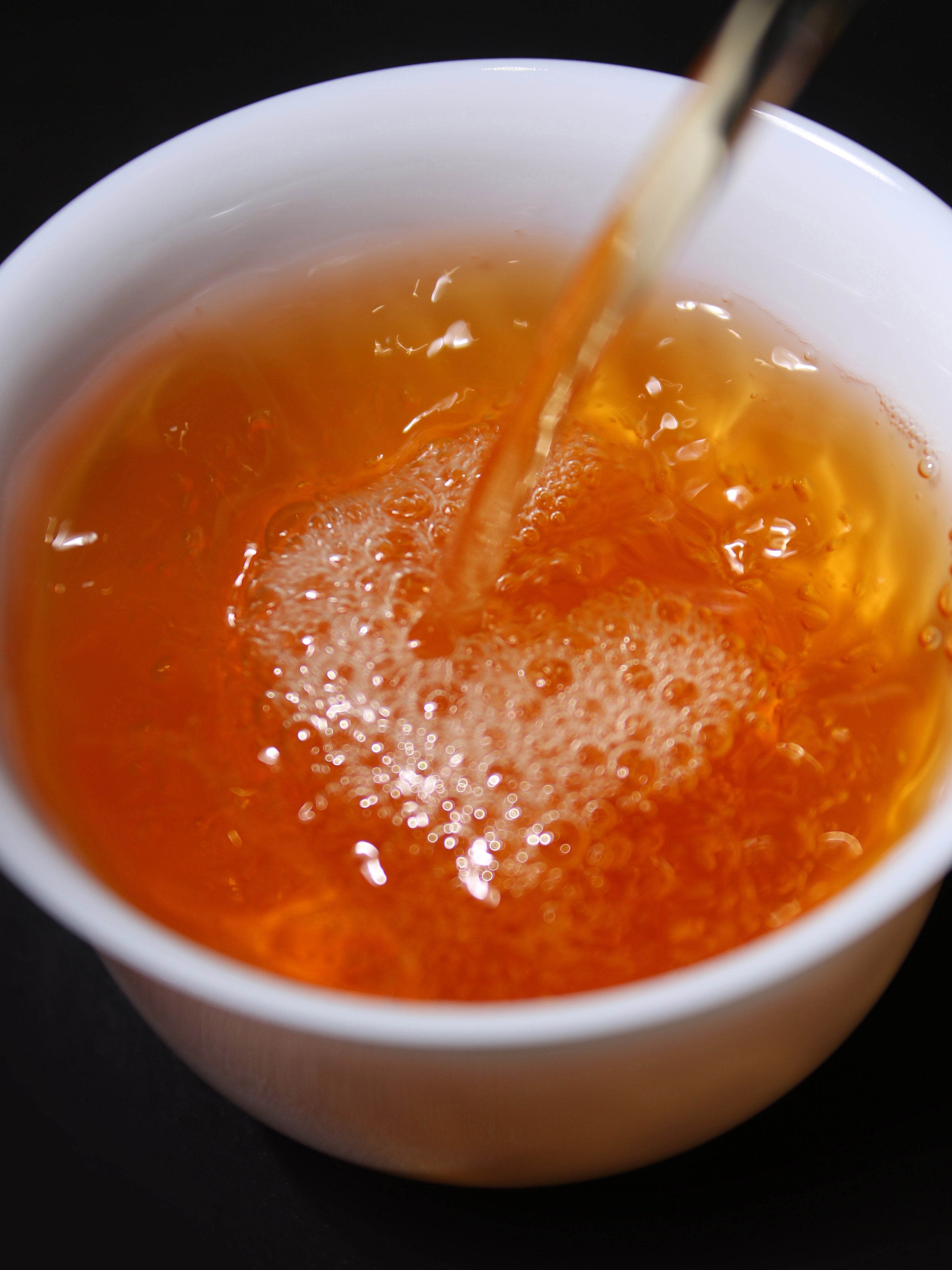
The liquor of Wuyuanjian tea presents an amber hue with a distinct golden rim, reflecting its superior quality.
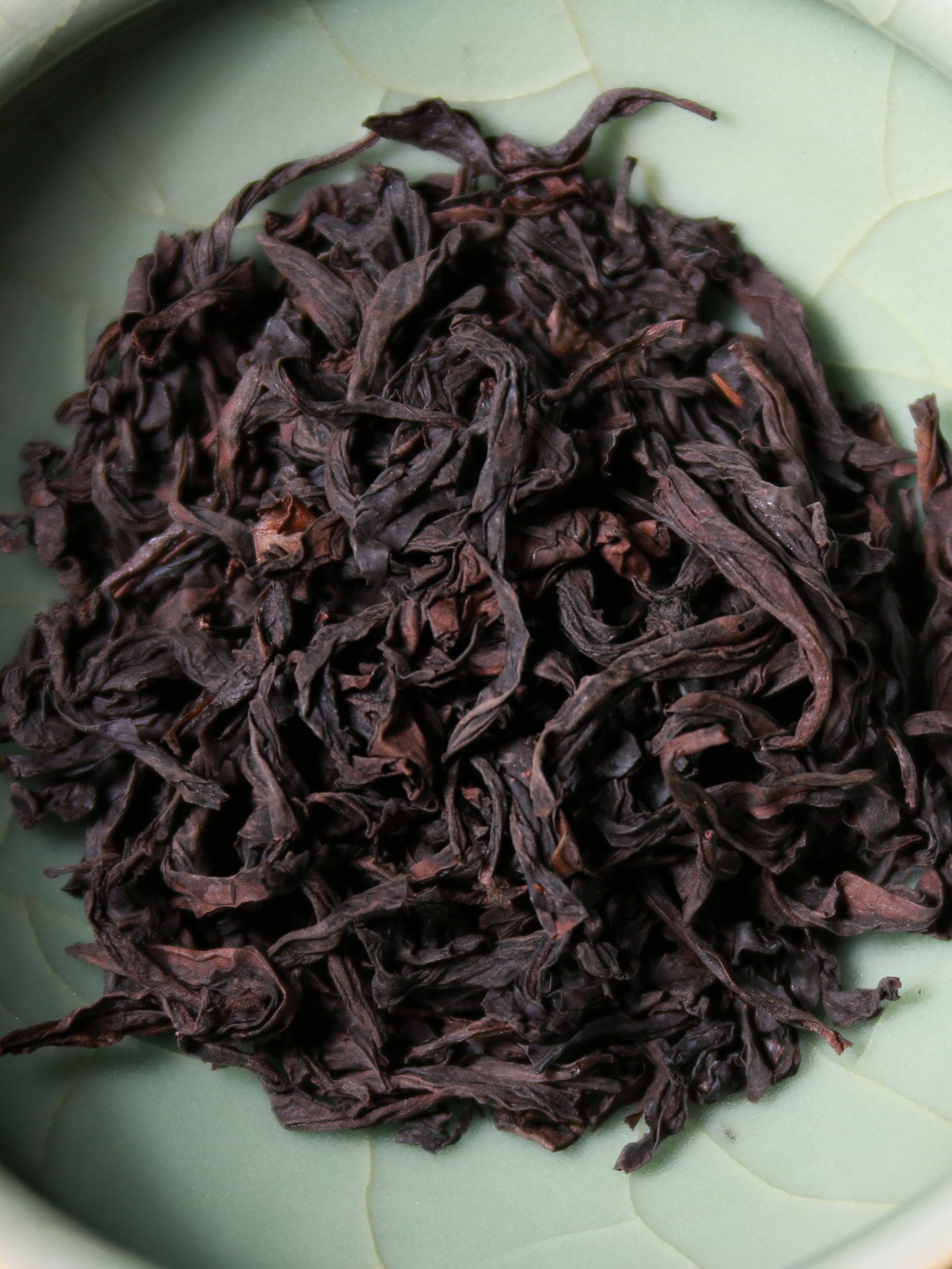
Wuyuanjian Stream Dried Tea
A friend of mine was once invited to taste tea at a collector’s mansion. The host solemnly took out a cake of tea, his tone brimming with pride: “This cake is worth 200,000 yuan. Brewing a pot today costs 30,000 yuan.” His demeanor didn’t seem like he was opening a tea cake, but rather showing off a room full of gold and silver—to prove he wasn’t exaggerating, he specially presented the auction receipt. Afterwards, he rambled on endlessly about the “knowledge” of tea, his words dripping with showmanship.
When the tea was brewed, my friend took a sip with great anticipation, only to feel embarrassed immediately. The tea was over-steeped, its bitterness hitting the back of his throat sharply—truly unbearable to drink. He had always preferred mild, subtle flavors, yet refusing to drink would have been rude.
This scene didn’t feel like a tea tasting at all; it was more like showing off wealth through tea, forgetting the basic respect for both the tea itself and the guests.
Precious teas and exquisite utensils are certainly rare, but maintaining a calm mindset toward external possessions is the true essence of tea tasting. As the saying goes: “There is no hierarchy among teas in the cup; only variations in aroma intensity in the pot.”
What kind of state of mind should one bring to drinking tea? Perhaps the answer lies in another experience.
Recently, a friend treated me to tea. He remembered the types of tea we prefer, carefully selected one, and offered it with both hands. During the gathering, he listened attentively to our thoughts on each brew.
At that moment, the tea’s price, vintage, and flavor differences no longer mattered. Even if it wasn’t a top-tier premium tea, even if his circumstances were limited, or he’d accidentally bought an ordinary one—that feeling of being sincerely cherished had long transcended all material measurements.
brewing
Utensils
- Tea Ware : Gaiwan (preferred by locals for easy observation of liquor color and wet leaves) or purple clay teapot (excellent for retaining aroma) is recommended, with a capacity of 100-150ml.
- Water source : Purified water is a must; mineral water and tap water are not recommended.
- Water temperature : 100℃ boiling water (high temperature is required to stimulate the aroma of oolong tea).
- Tea leaves : Use 8-10g of dry tea (about 1/3 to 1/2 of the container’s volume, adjustable according to personal taste).
Warm the Ware & Clean
Rinse the tea ware with boiling water to raise the temperature of the teapot/gaiwan, preventing the tea liquor from cooling too quickly and affecting the flavor.
Add Tea & Awaken
Put the dry tea into the warmed teapot/gaiwan, shake gently, and smell the dry tea aroma (such as the caramel, floral, or fruity notes of rock tea). This step is called "aroma shaking."
brewing
1st Infusion: Never blindly follow the "tea washing" practice — the first brew is truly the essence! Pour boiling water and pour out the liquor immediately (about 10 seconds) to avoid bitterness from over-steeping.
From the 2nd Infusion Onward: Extend each steeping time by 5-10 seconds (adjust based on liquor concentration).
After the 4th Infusion: Appropriately lengthen the steeping time.
Key Tips: Pour water from a height to let the water flow hit the bottom of the tea leaves, stimulating aroma; drain the liquor completely when serving to avoid steeping in stagnant water.
Tasting
Key points
1: Never blindly follow the "tea washing" practice. The first brew is truly the essence, hailed by tea connoisseurs as the "reviving brew."
2: Water is the paramount priority.
Choose Qualified purified water; never use alkaline water.
(For commercially available mineral water brands, their water sources and quality indicators vary. So-called "high-quality mineral water and mountain spring water" may cause loss of functional components and inhibition of aroma in tea.)
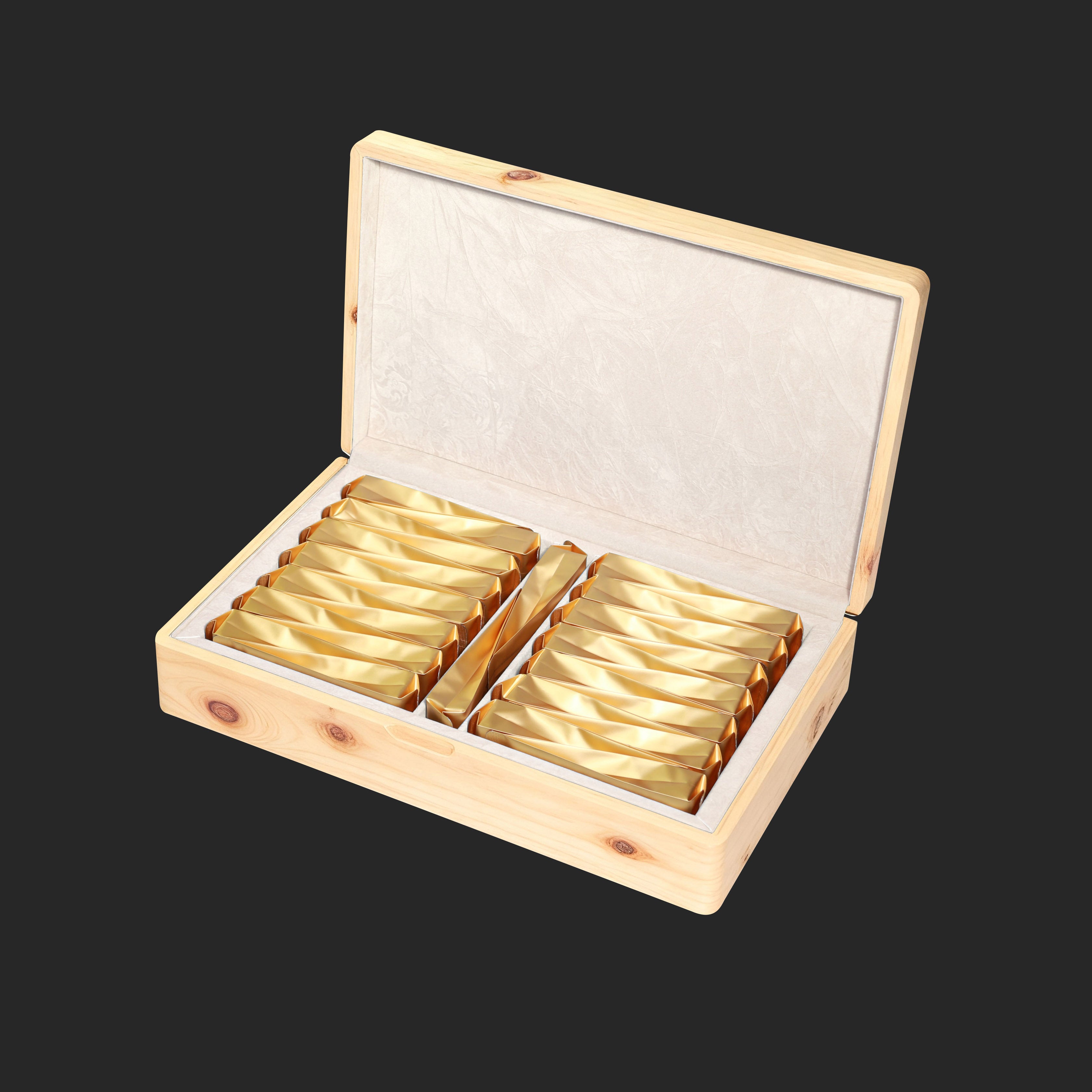
Pouch packaging: Blocks oxygen, light, moisture. Preserves original aroma, nutrients. Longer shelf life.
Storage

Stable, dry, light-proof and odor-free






